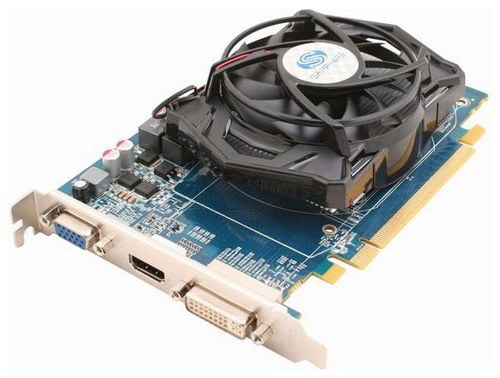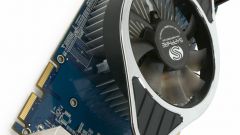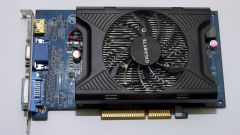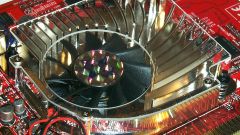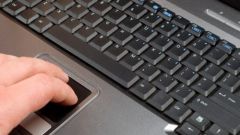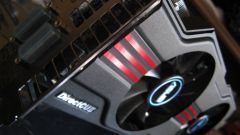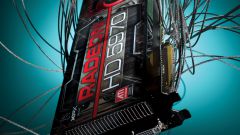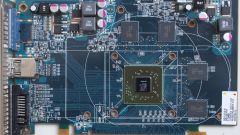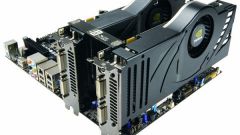You will need
- - computer with Windows.
Instruction
1
To enable the graphics card in the BIOS menu. To enter the BIOS menu right after starting the computer, press Del. Sometimes it can be used in other keys. To find out exactly what is used on your motherboard, you can out instructions to her. If you don't manage to press the right key at the initial screen on the computer, you will again have to restart it.
2
Once you get into the BIOS, find the section where you can select which card to use. Typically, the selection Board is located under Chipset. In this section you will find the line Boot Graphic Adapter Priority (on some motherboards the option of choosing a video card called the Display First Boot)
3
Select this line and press the Enter key. This will open the following options, among which should be PCI Express or just PCI. Select this option. This means that the computer will use a video cardthat is connected to the PCI Express bus. The device is now enabled. In the BIOS, select Exit, then Save/Exit. The computer will reboot. In his next start, the system will use a discrete graphics card.
4
If you have activated the use of the graphics card connected to the PCI Express port, but after you exit the BIOS and save settings it still is not used, the reasons can be only two. Either a discrete video card is faulty, or, more likely, you are not fully connected to the PCI Express port. Check the connection. The map should be well-fixed.
5
Also include a video card without BIOS. This method is suitable for those who are not able to find the key to enter the BIOS on the motherboard. Need to download the emulator BIOS, which can be run from the desktop. The emulator is no different from working in the BIOS. This utility is completely free and only weighs 20 megabytes.
